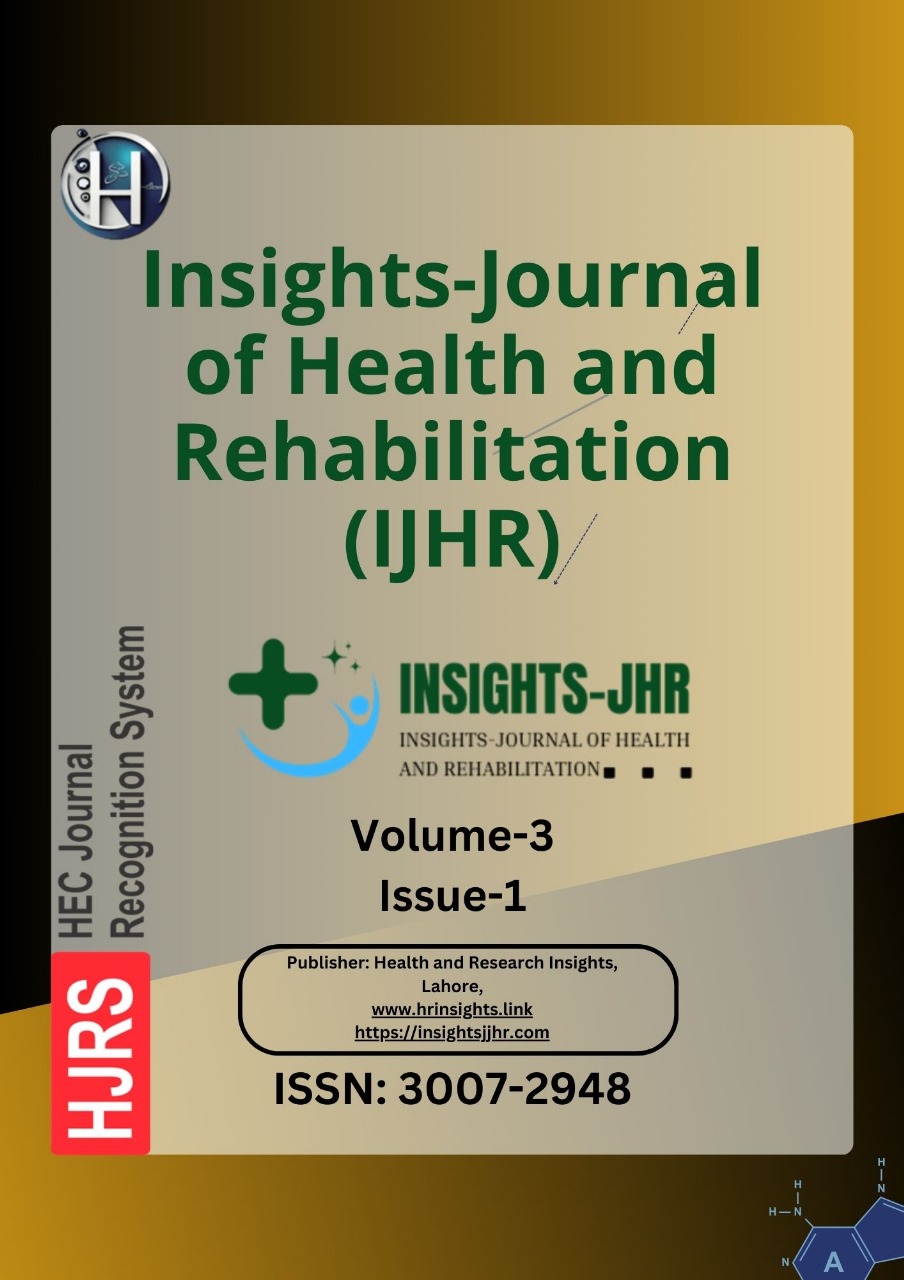COMPARISON OF PLATELET COUNT, LIVER STIFFNESS, SPLENIC STIFFNESS AND SPLENIC DIAMETER IN PREDICTING ESOPHAGEAL VARICES IN THE PAKISTANI POPULATION
DOI:
https://doi.org/10.71000/fxnp2s73Keywords:
Cirrhosis, esophageal varices, liver stiffness, platelet count, portal hypertension, splenic diameter, splenic stiffnessAbstract
Background: Esophageal varices (EV) are a life-threatening complication of portal hypertension in cirrhotic patients, often leading to gastrointestinal hemorrhage. Early detection is critical for effective risk stratification and timely intervention. While esophagogastroduodenoscopy (EGD) is the gold standard for diagnosing EV, its invasiveness and limited accessibility in resource-constrained settings necessitate reliable non-invasive alternatives. Platelet count, liver stiffness (LS), splenic stiffness (SS), and splenic diameter (SD) have been proposed as potential predictors of EV, but their comparative diagnostic accuracy remains uncertain, particularly in the Pakistani population.
Objective: To evaluate and compare the diagnostic accuracy of platelet count, LS, SS, and SD in predicting EV in patients with cirrhosis.
Methods: This cross-sectional study was conducted at the Hepatogastroenterology Department of Sindh Institute of Urology and Transplantation from May 2024 to October 2024. A total of 250 cirrhotic patients underwent EGD for EV screening. LS and SS were measured using transient elastography (FibroScan), SD was assessed via ultrasonography, and platelet count was determined using an automated hematology analyzer. The association of these markers with EV was analyzed using independent t-tests and chi-square tests. Receiver Operating Characteristic (ROC) curves were utilized to determine the area under the curve (AUROC), sensitivity, specificity, positive predictive value (PPV), negative predictive value (NPV), and overall diagnostic accuracy of each parameter.
Results: EV were detected in 150 patients (60%). Compared to patients without EV, those with EV had significantly lower platelet counts (92,000 ± 38,000/µL vs. 138,000 ± 35,000/µL, p < 0.001) and higher LS (27.3 ± 7.5 kPa vs. 20.1 ± 6.2 kPa, p < 0.001), SS (61.2 ± 12.8 kPa vs. 40.6 ± 10.2 kPa, p < 0.001), and SD (14.1 ± 2.0 cm vs. 12.3 ± 1.8 cm, p < 0.001). The AUROC values for EV prediction were 0.72 for platelet count, 0.82 for LS, 0.88 for SS, and 0.65 for SD. SS demonstrated the highest diagnostic accuracy, with a sensitivity of 86%, specificity of 84%, PPV of 90%, and NPV of 79%.
Conclusion: Splenic stiffness emerged as the most accurate non-invasive predictor of EV, surpassing LS, platelet count, and SD. Its superior diagnostic performance suggests potential integration into clinical screening algorithms to reduce the need for unnecessary EGD, particularly in resource-limited settings. Further multicenter validation studies are recommended to confirm these findings.
Downloads
Published
Issue
Section
License
Copyright (c) 2025 Abdul Wahid Balouch Balouch, Syeda Maryam Mehdi, Huraira Ali, Nasir Hasan Luck, Abbas Ali Tasneem, Raja Taha Yaseen Khan, Khalid Tareen, Ali Hyder, Azhar Ali, Abdullah Nasir (Author)

This work is licensed under a Creative Commons Attribution-NonCommercial-NoDerivatives 4.0 International License.







